Wetsuit Seams Explained
Don't be fooled into thinking the type of seam on your wetsuit isn't important. The seams play a key role in determining how watertight and comfortable the suit is, and if you don't make the right choice, you could find yourself feeling pretty chilly on the water.
Wetsuits work by trapping a thin layer of water against the skin, which is warmed by your body heat and then works as an insulator. For this to work, the wetsuit must fit you like a second skin - no gaping. To get this fit, separate panels are stitched together to build the suit. Although this ensures a much more comfortable and effective suit, wetsuit seams can be a problematic area for a couple of reasons.
- Reduced flexibility: After the zip, the seams are the least flexible area of a wetsuit, so a good quality wetsuit will not have seams running along the shoulders or under the arms, as this can limit moving in your key paddling areas.
- Chafing: More seams means a higher risk of chafing or rubbing against your skin, which can be really uncomfortable. You may still have this problem on suits with fewer seams, in which case a rash vest would be a good idea.
- Leaking: Being the area that panels are joined means the seams are the second most common places to spring a leak (again, after the zip).
All these issues can be heavily reduced in a good quality wetsuit, but you need to know what to look for.
Stitching
Stitching involves making holes in the neoprene to pass the thread through, hence it can result in water being let into the suit around the seams. Different types of stitching come with different types of wetsuit and will vary depending on the price of the suit or if it's a summer suit as opposed to a winter steamer.
Overlock Stitching
The simplest way of stitching - similar to the seams on your jeans and t-shirts. The two edges of the panels are rolled inwards and then stitched together. Overlocked seams are much less flexible and also result in a bulge on the inside of the wetsuit, which can be uncomfortable. You'll only find this type of seam on cheaper wetsuits or summer suits.
Flatlock Stitching
In this kind of seam, the edge of one panel has been laid over the other and the stitching goes through both panels, creating a flexible and durable seam. The downside of this method is that it results in a lot of holes going through the neoprene, which can let water in. For this reason, flatlock stitching is mainly used for summer wetsuits.
Blindstitch Stitching (GBS)
The best option for cold water surfing. The panel edges are glued together, end to end, and then stitched on the inside of the neoprene. However, the stitch only goes partially through the neoprene, and not as far as the outside of the panels, meaning you get a fully watertight, super flexible and really strong seam. You'll sometimes see this kind of stitching listed as Glued Blind-Stitched, or GBS.

Seals
For additional reinforcement and waterproofing, some wetsuits will have sealed or taped seams as well.
- Glued seams: Like GBS seams, this means the panels have been glued together before being stitched, which makes the seam stronger as well as more waterproof. You can see in the image how this panel has been glued but not stitched on the outside.

- Taped seams: Tape is applied to the inside of the seams to strengthen them where necessary - strategic taping means the seams have been reinforced in the areas that are under the most amount of stress, whereas fully taped means all the seams have been reinforced.

- Sealed seams: Liquid sealed, fluid sealed, welded? These are all names for when a liquid rubber is put over the seams, making them completely watertight. Some suits will have this on the outside as well as the inside.

The takeaway from this is that if you're looking for a wetsuit for colder waters, always look for GBS seams as a minimum. If you're in the water a lot and your suit is likely to take a battering on a regular basis, it's well worth investing in taped or even sealed seams for the extra durability and waterproofing.
The other key consideration is how much flexibility you require. More seams mean less flexibility and generally more seams and panels produce a better-fitting wetsuit. However, improvements in surf technology have resulted in stretchier neoprene that can mould to your body shape, so you might not be taking such a hit on the fit of the suit if you opt for a competition-style wetsuit with minimal panels.
--
Written by Eliza Tilbury
Updated on 9th March 2023
Originally published on 19th September 2019 in Wetsuit Guides










































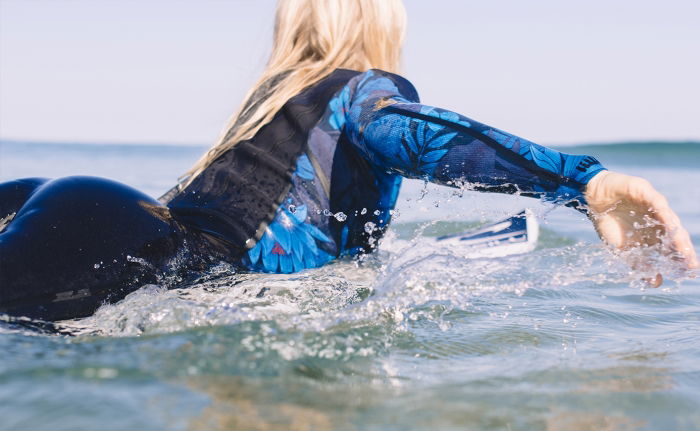







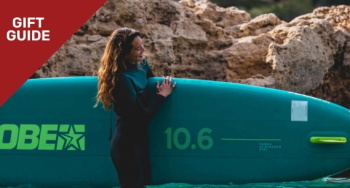

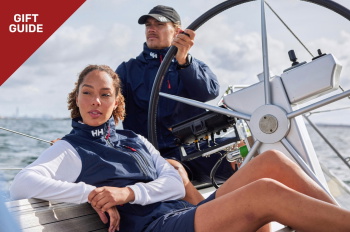
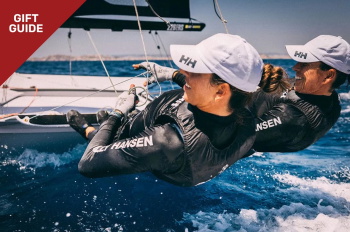
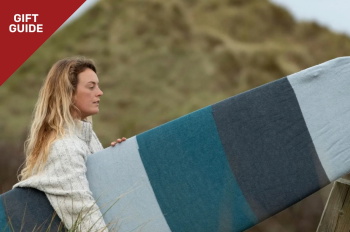
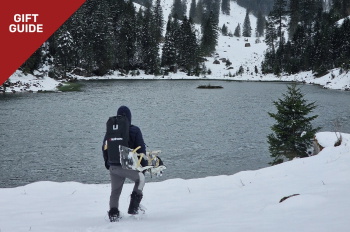
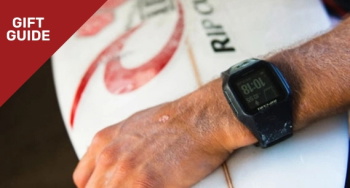


 Visit the US site
Visit the US site  Continue to ES
Continue to ES